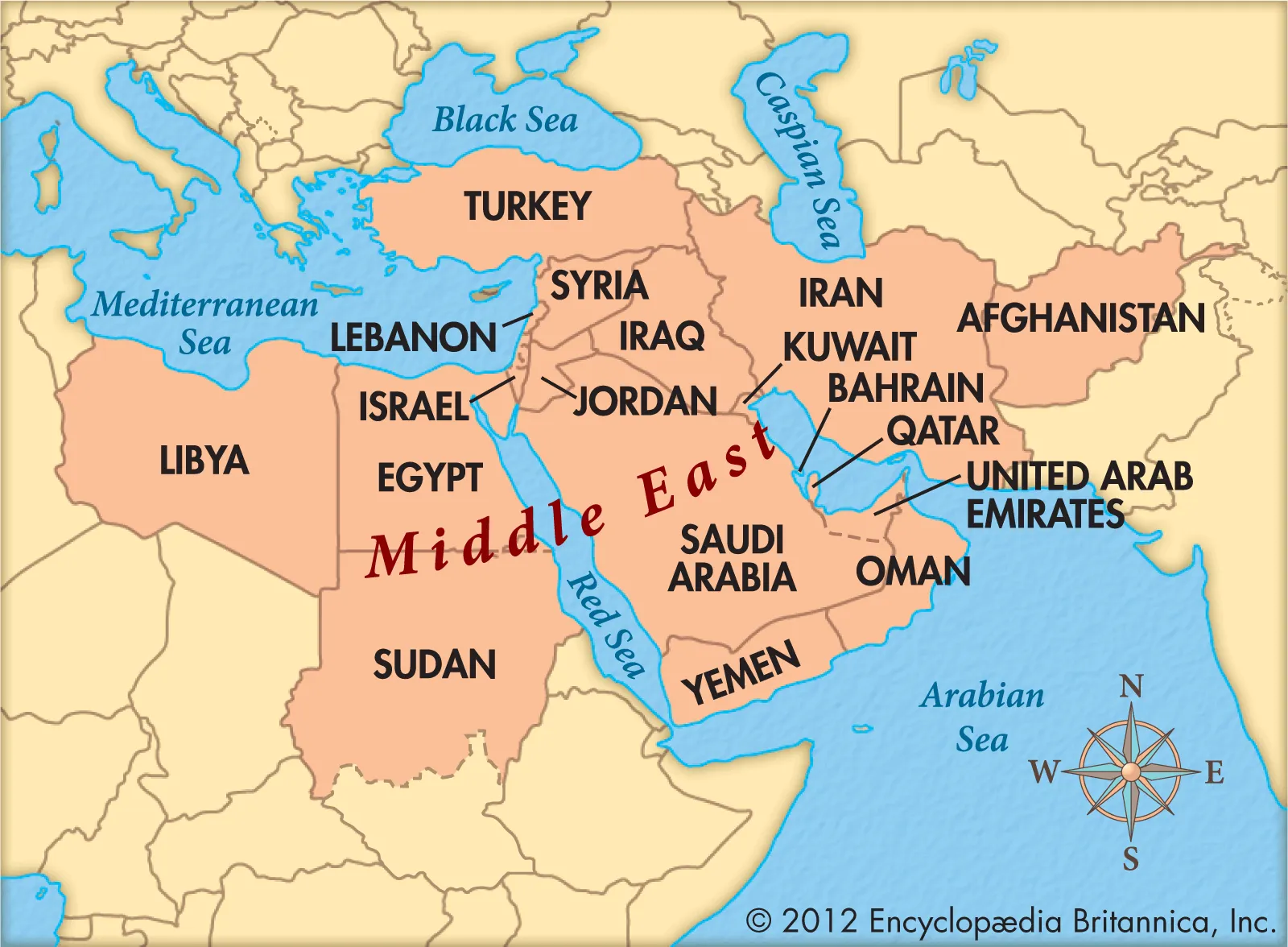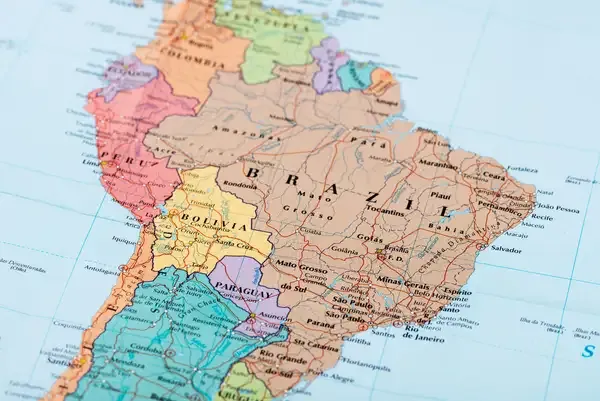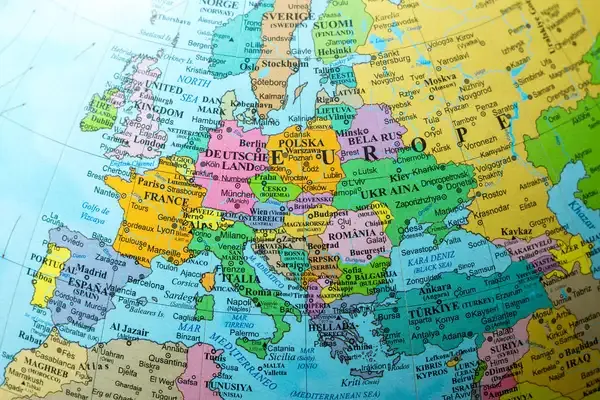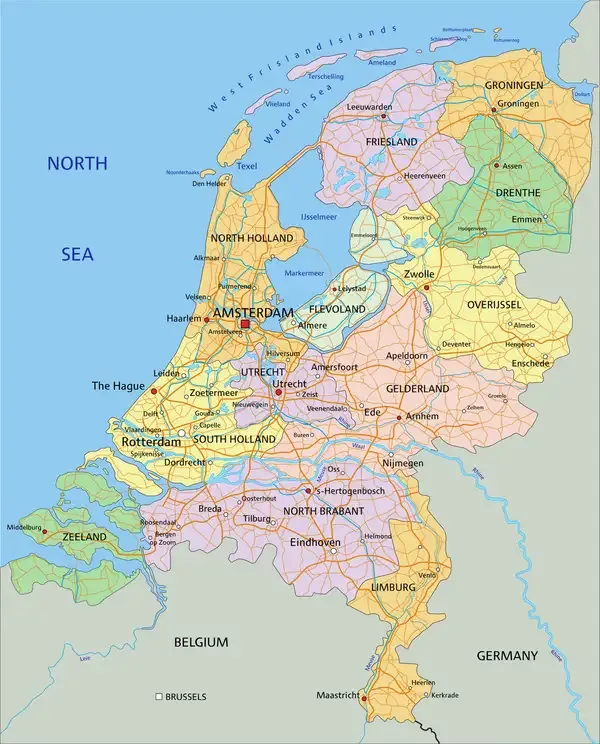Just How Many Oceans Are There?
The Earth's vast water bodies are traditionally divided into five oceans: the Pacific, Atlantic, Indian, Southern, and Arctic. These divisions are based on geographical, cultural, and historical factors. While all are interconnected, each ocean has distinct characteristics and ecosystems. The Southern Ocean, recognized in 2000 by the International Hydrographic Organization, encircles Antarctica and is known for its unique and extreme environment. The concept of dividing oceans aids in navigation, research, and understanding of Earth's aquatic systems.
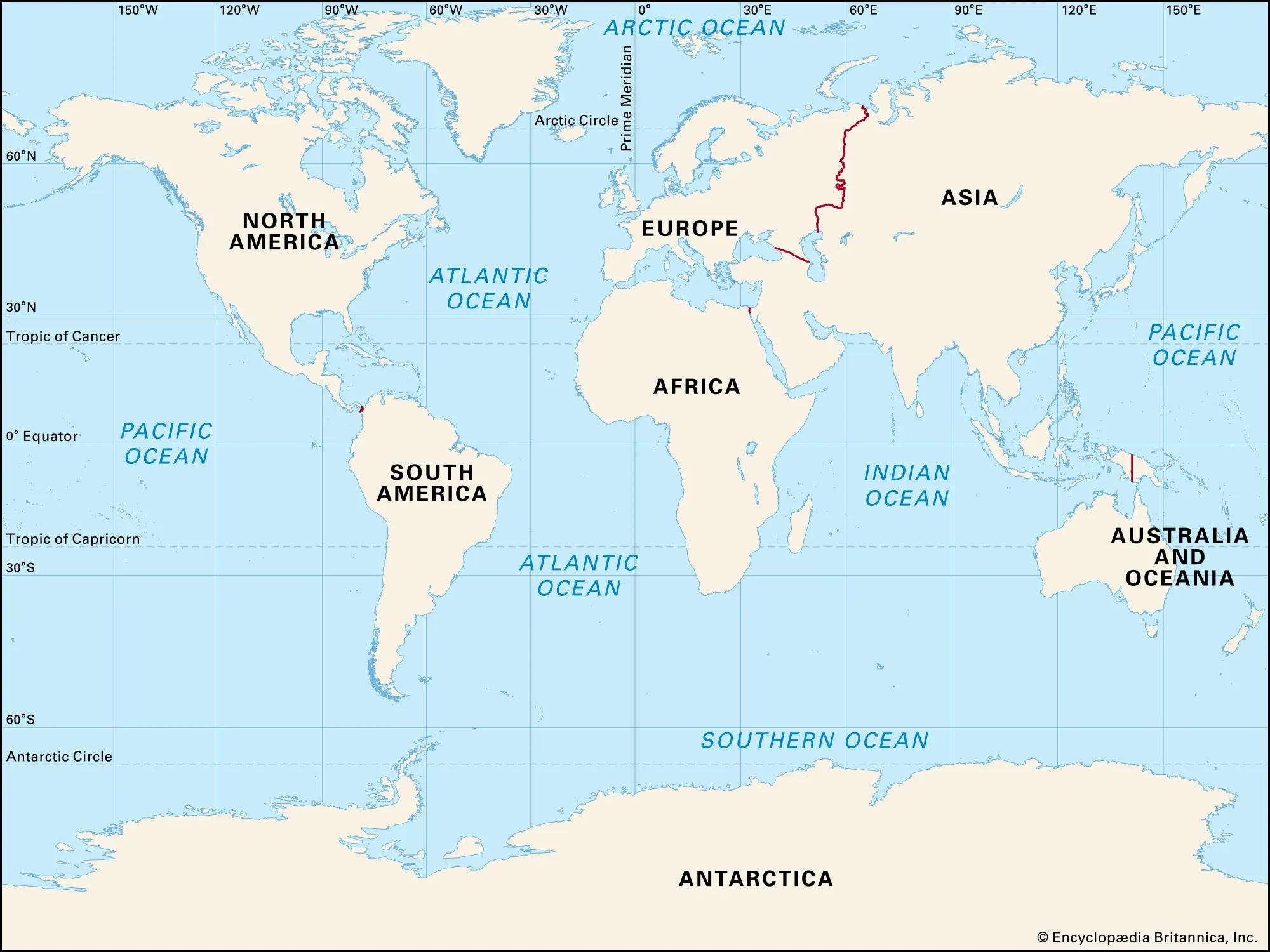
When discussing the ''oceans'' of our planet, it's essential to understand not only their vastness but also their classification. Traditionally, there are five recognized ''oceans'', but recent debates and definitions have led to some variation in how we perceive these bodies of water. Below, we break down the five major ''oceans'' and provide a clear overview of their characteristics.
The Five Major Oceans
Here is a table summarizing the five major ''oceans'' recognized globally:
| Ocean Name | Area (in million square kilometers) | Depth (average) |
|---|---|---|
| Pacific Ocean | 168.7 | 4,280 m |
| Atlantic Ocean | 85.1 | 3,646 m |
| Indian Ocean | 70.6 | 3,741 m |
| Southern Ocean | 21.96 | 3,270 m |
| Arctic Ocean | 15.56 | 1,205 m |
The ''Pacific Ocean'' is the largest and deepest of all, covering over 63 million square miles and reaching depths of more than 36,000 feet. It plays a vital role in the Earth's climate and is home to diverse marine life.
The ''Atlantic Ocean'', while smaller than the Pacific, is significant for its influence on global weather patterns and its role in trade routes. The ''Indian Ocean'' is known for its warm waters and is surrounded by several populous countries, making it crucial for regional economies.
The ''Southern Ocean'', which encircles Antarctica, was officially recognized by the International Hydrographic Organization in 2000. Its unique characteristics include its cold temperatures and the vital role it plays in global ocean currents.
Lastly, the ''Arctic Ocean'' is the smallest and shallowest, surrounded by land masses and characterized by its ice-covered waters. Understanding these ''oceans'' helps us appreciate the intricate balance of our planet's ecosystems.
Debates and Definitions
While the five-ocean model is widely accepted, some scientists argue for a different classification. For instance, some propose that there should be only four ''oceans'', combining the ''Atlantic'' and ''Indian Oceans'' into a single entity. This perspective is often based on geological and oceanographic considerations.
Another point of contention is the ''Southern Ocean''. Not all countries recognize it as a distinct ocean, leading to variations in educational resources and scientific literature. This discrepancy can cause confusion among students and educators alike. It highlights the importance of standardization in understanding our planet's geography.
Why Understanding Oceans Matters
The significance of understanding how many ''oceans'' there are extends beyond mere numbers. These bodies of water are crucial for many reasons, including:
- Climate Regulation: The ''oceans'' play a significant role in regulating the Earth’s climate by absorbing carbon dioxide and distributing heat around the planet.
- Biodiversity: Each ocean hosts unique ecosystems that support countless species of marine life, many of which are still undiscovered.
- Global Economy: The ''oceans'' are vital for international trade, providing shipping routes and resources that contribute to economies worldwide.
- Climate Change: Understanding the ''oceans'' is critical in addressing climate change, as they are major carbon sinks and are directly impacted by rising temperatures.
Conclusion
So, just how many ''oceans'' are there? While the consensus leans towards five major ''oceans'', the ongoing debates highlight the complexity of our planet's geography. As we continue to explore and study these vast bodies of water, it’s essential to recognize their importance in our lives and the health of our planet. By fostering a deeper understanding of the ''oceans'', we can work towards better conservation efforts and a sustainable future for marine ecosystems.
In summary, whether you align with the traditional five-ocean model or consider alternate classifications, the significance of our ''oceans'' remains undeniable. They are more than just water; they are life-giving entities that require our respect and protection.


